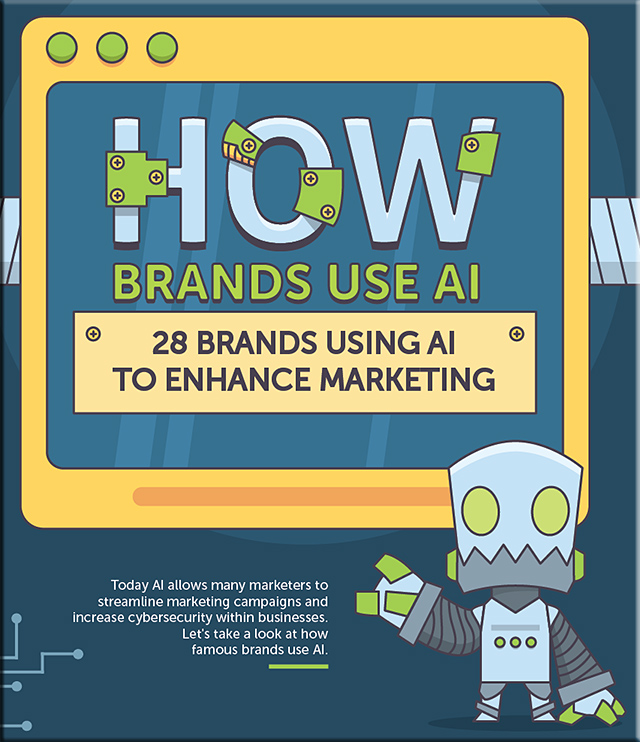‘You can see what you can’t imagine’: Local students, professors helping make virtual reality a reality — from omaha.com and Creighton University
Excerpt:
“You can see what you can’t imagine,” said Aaron Herridge, a graduate student in Creighton’s medical physics master’s program and a RaD Lab intern who is helping develop the lab’s virtual reality program. “It’s an otherworldly experience,” Herridge says. “But that’s the great plus of virtual reality. It can take you places that you couldn’t possibly go in real life. And in physics, we always say that if you can’t visualize it, you can’t do the math. It’s going to be a huge educational leap.”
“We’re always looking for ways to help students get the real feeling for astronomy,” Gabel said. “Visualizing space from another planet, like Mars, or from Earth’s moon, is a unique experience that goes beyond pencil and paper or a two-dimensional photograph in a textbook.
BAE created a guided step-by-step training solution for HoloLens to teach workers how to assemble a green energy bus battery.
From DSC:
How long before items that need some assembling come with such experiences/training-related resources?
VR and AR: The Ethical Challenges Ahead — from er.educause.edu by Emory Craig and Maya Georgieva
Immersive technologies will raise new ethical challenges, from issues of access, privacy, consent, and harassment to future scenarios we are only now beginning to imagine.
Excerpt:
As immersive technologies become ever more realistic with graphics, haptic feedback, and social interactions that closely align with our natural experience, we foresee the ethical debates intensifying. What happens when the boundaries between the virtual and physical world are blurred? Will VR be a tool for escapism, violence, and propaganda? Or will it be used for social good, to foster empathy, and as a powerful new medium for learning?
Google Researchers Have Developed an Augmented Reality Microscope for Detecting Cancer — from next.reality.news by Tommy Palladino
Excerpt:
Augmented reality might not be able to cure cancer (yet), but when combined with a machine learning algorithm, it can help doctors diagnose the disease. Researchers at Google have developed an augmented reality microscope (ARM) that takes real-time data from a neural network trained to detect cancerous cells and displays it in the field of view of the pathologist viewing the images.
Sherwin-Williams Uses Augmented Reality to Take the Guesswork Out of Paint Color Selection — from next.reality.news by Tommy Palladino













